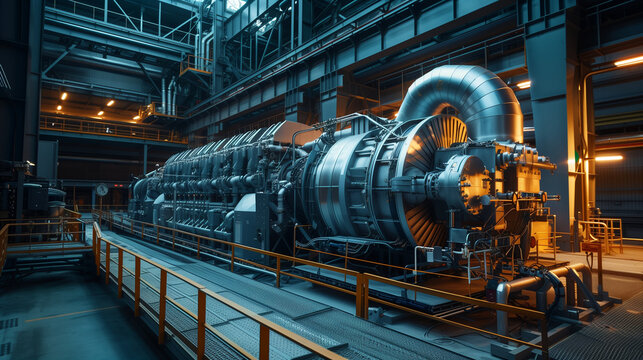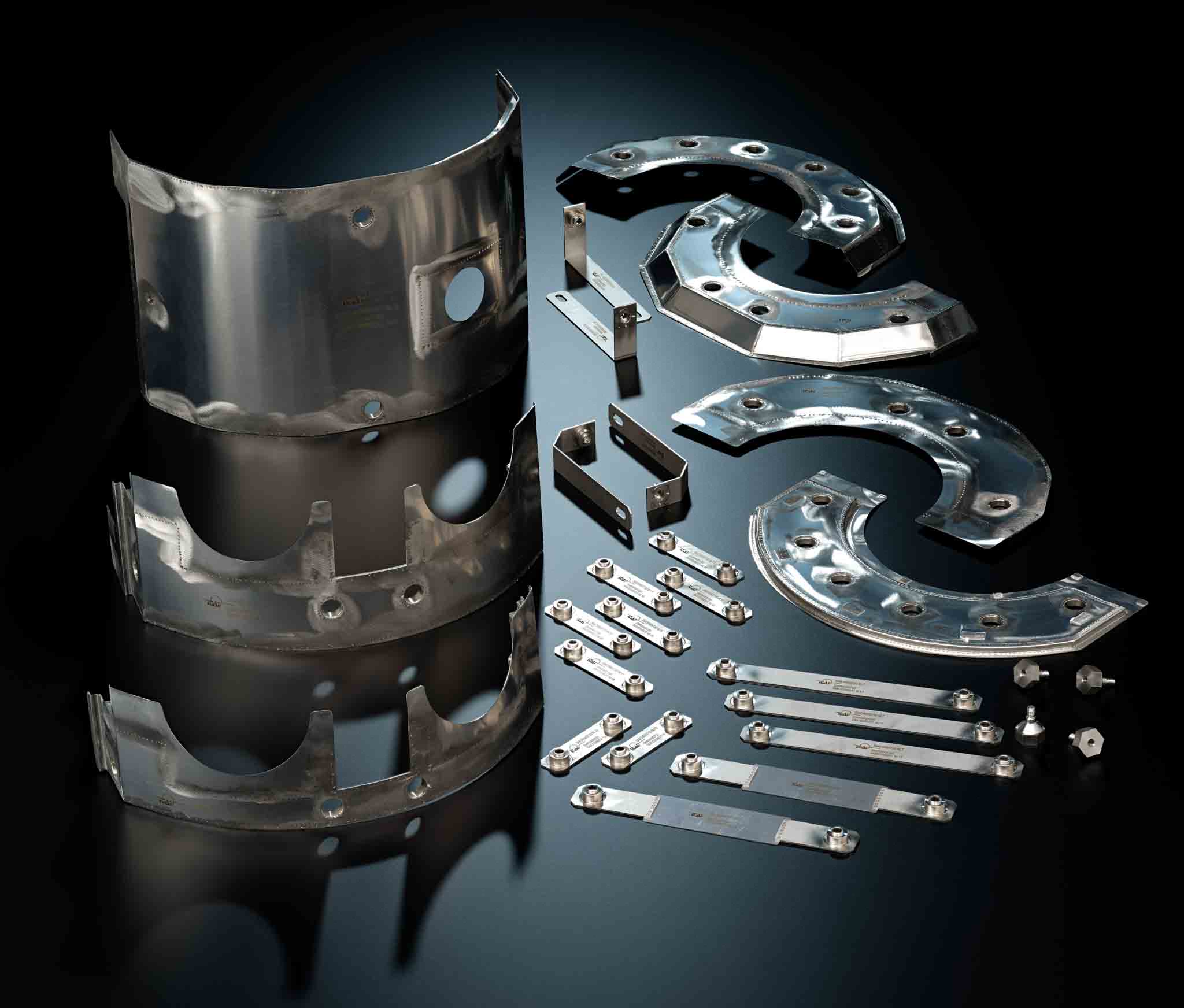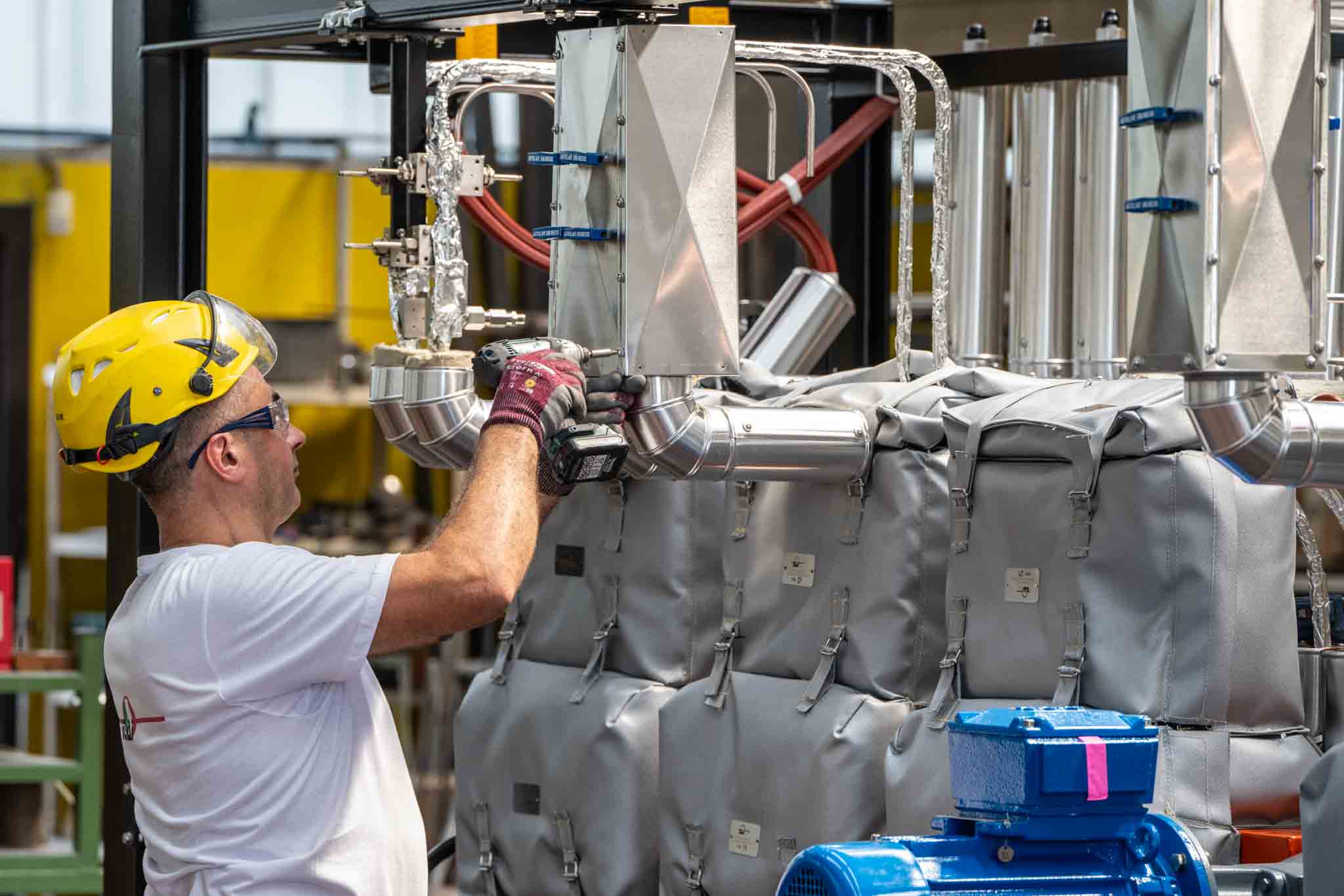



Removable and fixed panels for thermal insulation
and/or fire protection to shield crititical parts
of the aircraft from heat and fire.
Engine components; exhaust, electrical and auxiliary services system or
structural elements, everything can be protected from fire and heat.
The shape and the fixing accessories are designed for optimal coupling with
the underlying component that has to be insulated, without interferences
with the surrounding elements, for a rapid assembly and disassembly.
The usage of blankets to assemble directly on the components, without welding,
permits a fast assembly cycle, useful especially for maintenance operations.
Typical materials:high performance insulation Microporous or
Aerogel type material. The best possible thermal abatement with reduced thicknesses.
The external metal cladding is constructed in sub-millimeter metal
foil: AISI 321 steel, Hastelloys, Inconel or Titanium alloys.
Flexible multilayer panels for thermal insulation and/or fire protection, indicated when the component
shape and movements need more parts connected with each other, usually used
to protect structural parts or air cooling systems.
They are especially suggested when complex shapes need the most
lightweight solution, with less upfront costs and lead time in
the development phase.



Rigid insulation panels for thermal insulation, typically used in gas and
steam turbines for the conservation of process heat or to protect
personnel and equipment. The insulation elements can be based
on customer’s drawings or custom designed by ITAI.
The insulation systems found in this category are made for the process pipes in
plants of the Oil&Gas sector, they can be made even with complementary heat
tracing cable systems, all designed and supplied by ITAI.
ITAI supplies a “turn-key” solution, for direct use on site
or, in alternative, ITAI can perform assemblies at the customer’s yard.
Typical materials: high performance insulation Microporous or Aerogel
type material is used only when reduced space does not consent to use
rock wool or other mineral fibers. These are the standard solutions and
they offer the best trade-off between insulation performance, ease
of installation and serviceability. The external metal jacketing (cladding)
is constructed in sub-millimeter metal foil: for common applications it can be
Aluminium or AISI 304 / 316 steel, but it can also be constructed in AISI 321 steel,
Hastelloys, Inconel or Titanium alloys for more demanding applications.
Thermal and/or acoustic insulation blankets, custom shaped for the installation
on steam and gas turbines, exhaust duct/manifold, centrifugal compressors
and their gearboxes.
ITAI supplies a “turn-key” solution, for direct use on site
or, in alternative, ITAI can perform assemblies at the customer’s yard.
Typical materials: rockwool or high temperatures AES
fiber wool are commonly used. The best performance insulation, Aerogel type material,
is used only when needed to reduce the envelope of the insulation system as
much as possible.
The external cover is constructed in PTFE or silicone-coated glass
fiber fabric. When the application is in a cryogenic environment, different materials
are used: specific Aerogel type material, elastomeric FEF type, cellular glass or
poliuretanic insulation; the external cladding can be made of metallic or polymeric
material as per technical requirements.



Thermal rigid fixed protection or removable heat shields, to be installed on
hot parts of engines, such as exhaust manifold, turbocharger’s turbine case
or complete exhaust systems.
These insulation systems are also used to protect from external heat sources
composite components or tanks and systems of flammable liquids, such as fuel and oils.
Typical materials: high performance insulation Microporous or
Aerogel type material. The best possible thermal abatement with reduced thicknesses.
The external metal jacketing (cladding) is constructed in sub-millimeter metal foil:
AISI 321 steel, Hastelloys, Inconel or Titanium alloys.
Used for the same purposes of the rigid solutions, they are
simpler and faster to design and construct, albeit with a lower
performance.
Typical materials: Silicon fabric and stainless steel mesh are the most commonly used.
